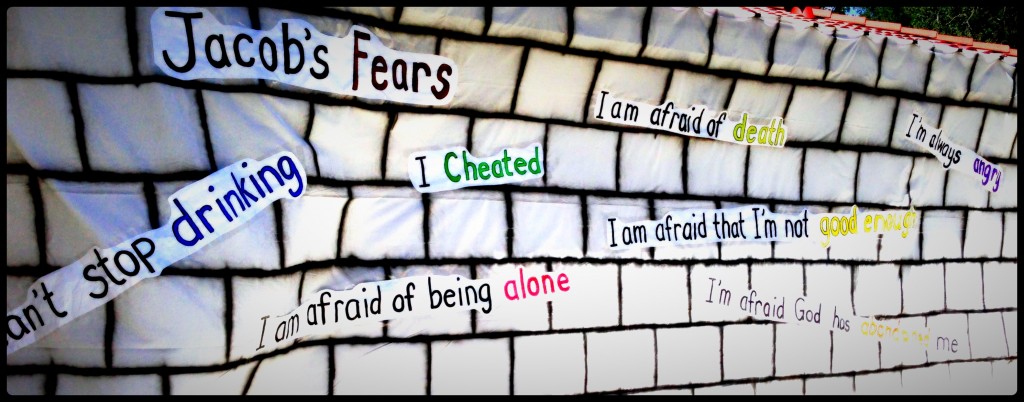What Do I Mean by Movement?
Movement is embedded in every great story, as the main characters move from a state of brokenness and longing to a state of transformation. The same is also true (even more so) for most scripture stories, where everyday people move from sin, pain, and alienation, to forgiveness, healing and acceptance. These recognizable movements between one state of being and another are what I mean by movement. Movement is a part of the human experience, as God, love, and life continuously beckon us toward relationship and communion. I personally call this beckoning, “life’s grand movement.” The benefit of naming this beckoning as a movement is that movement suggests a dynamic, a back and forth, a connection between our experience of incompleteness, and the reality of God’s love for us. In other words, the human experience doesn’t just involve our moments of healing and transformation, but also includes our experiences of alienation, suffering, and failure. Our attention to movement, therefore, reminds us that when we move towards transformation, we bring with us our struggles. We bring with us our everyday reality, our incomplete humanness. In fact, our transformational moments spring from this humanness, from this everyday stuff of life.
Movement and Retreat Work
With our God beckoning us toward communion, juxtaposed with the often-felt human experience of incompleteness, movement is everywhere experienced by everyone. For use in retreat work, movement is an important part of building retreats and designing retreat activities and processes. Movement functions as a behind the scenes guide for the retreat team that helps keep the retreat invested in the relationship between God’s loving and healing spirit, and the daily lives of our young people.
To elaborate, for a recent retreat, our team named the retreat theme, I AM Always with You, and named the retreat movement as, Alone to Relationship. While the theme echoed throughout the retreat (proclaiming a God who is always with us and for us), the movement prompted the team to create opportunities for youth to name their lived experiences, which often includes experiences of aloneness and pain. Importantly, the team did not require or manipulate our youth to name their struggles or pain or joys, but we did create the space for them to express them. Moreover, because the retreat team reflected upon and eventually named a retreat movement, the team was able to anticipate the varied struggles that youth might name (Ex. Bullying, Gang Violence), and, as a result, we created ways for our youth to name and carry these struggles toward opportunities of healing and reconciliation.
Concretely, naming a movement for your retreat, and naming the movements in each block, influences your retreat in three distinct ways. First, it prompts the retreat team to create space for young people to name and express who they are, including their everyday realities and their struggles, longings, joys and dreams. Ultimately, any experience of transformation a retreat offers, grows from the everyday life of young people.
Second, when young people are allowed to express the stuff of their lives, real issues often arise. We call this foregrounding, which means bringing something out of the shadows of the background and placing it in the foreground. Since movement in retreat work suggests walking with youth towards transformational moments, when issues and pains are brought to the foreground, the response of the retreat team is to accompany or walk with young people towards opportunities for healing and reconciliation. As such, it’s the task of the retreat team to create ways for the struggles and pains of youth to be carried into the healing moments of the retreat.
Third, as movement seeks to give voice to the lives of young people, it also provides the opportunity for the retreat team to proclaim God’s enduring presence and love for our young people, especially in the midst of their pain and struggles. By doing so, our young people are able to see that God is alive in their lives, and is with them at every turn.
Movement and Story
As you know, I find great value in a narrative approach to retreat work and ministry. As it relates to movement, both movement and story are perfect partners since both represent and communicate a transformational encounter that emerges out of human longing and brokenness. The beauty of such stories, biblical stories in particular, is that young people are able to make connections between their lives and the lives of the human characters in the story. They are also able to witness the human characters’ encounter with a living God; and if they can see and feel it in the story, it’s easier for them to recognize it in their own lives. In that way, the movements of our young people are woven together with the stories from our sacred scriptures.
© 2013 Vince Olea. All rights Reserved.
Featured image by ashleyhexum66 , Girl on Bench by Pierre Guinoiseau, Jacob’s wall – author’s image.







